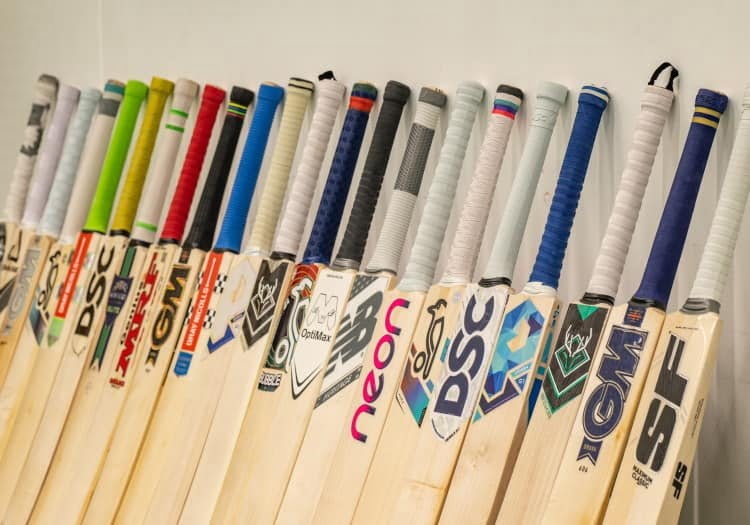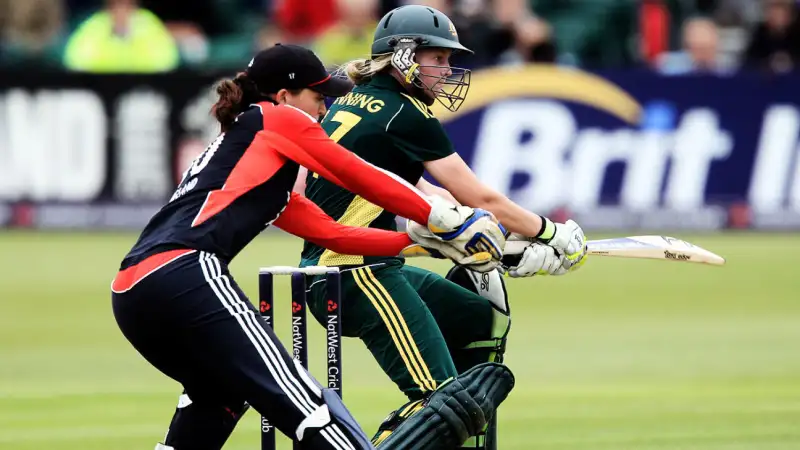Types of No Ball in cricket – keysportswear

Types of No Ball in Cricket and No Ball Rules

The different types of no balls in cricket and become familiar with the no ball rules.
A “no ball” might be one of the most challenging concepts for a beginner to understand if they have only recently begun playing or watching cricket.
So what in cricket is a no ball?

A no ball is a bowler’s delivery that does not comply with the game’s regulations,
to put it as simply as possible. Cricket has a complicated system of regulations that are primarily intended to guarantee that the game is played fairly.
Especially in formats like T20 and one-day cricket, the umpire signals and calls no balls quite frequently if you start watching cricket.
Why do they exist?
Bowlers would be allowed to employ strategies and methods that give them an edge and make it practically difficult for the batter to smash the ball if there was no option to call a no ball. Some of these techniques could potentially endanger the bowler.
The three common dismissal methods—bowled, LBW, and caught—are out of
the question for that delivery if a no ball is declared. Additionally, there is typically a free run and the bowler must rebowl the delivery. A no-ball situation also yields a free hit, allowing the hitter to take a swing without worrying about getting struck out. Runs scored on no-ball situations still count.
Types of No Ball in cricket
- No Ball: Front Foot

The time the ball leaves the bowler’s hand to begin their delivery, as per
the regulations, some portion of their front foot must be behind the wicket.
It is a lawful delivery as long as some portion of the foot is behind at this stage; even if the foot moves forward, it is still a legal delivery. However, it will be deemed a no ball if the foot crosses the boundary.
A run is given to the batting team and the bowler must add another delivery to the over if there is a front foot no ball. The following ball is a free hit in game types played over one day.
2. No Ball: Bowler Touching the Return Crease
The bowler must remain between the vertical lines that depict the return crease to each side of the stump during the whole delivery. A foot that should err to the side will result in a no ball.
3. No Ball: Underarm
It is impossible to mistake this for an error because it is a no ball. Despite once being very common, underarm bowling is not permitted in current cricket.
4. No Ball: Height
Due to the possibility of endangering the batter, this is one of the more frequent justifications for calling a no-ball.
A no ball should be declared if the delivery is above the bowler’s waist when it arrives as a full toss.
A no ball of this kind cannot be caught out or bowled off, unlike most other strategies. They frequently occur from failed attempts at yorkers in one-day forms.
5. No Ball: Bowler Hits Wickets
If the bowler runs into the wickets, and catches them with his delivery stride, then a no ball is called. This is a relatively new addition to the rules. It means bowlers have to be careful about not hitting the wicket as they run past to bowl. England bowler Steven Finn used to struggle with this a lot, and is thought to have contributed to the rule change.
It is different from ‘Mankading’ which is when a batter is run out for leaving their crease (usually in preparation for a quick run) before the ball has been bowled.
6. No Ball: Over Head Height
A no ball is one when the ball is over the batter’s head when it reaches them. It makes no difference if it bounced. This decision is made by the square leg umpire since they have the finest vision and will base their judgement on the batter’s height rather than their stance. It makes no difference if they are crouching.
7. No Ball: Failure to Declare Action
You must announce your intended activity before you begin to bowl. It will be deemed a no ball if you abruptly turn around the wicket after declaring that you’d bowl over or switch your throwing arm (some bowlers can accomplish this). You must give some advance notice of your proposed strategy.
8. No Ball: Fielder Intercepting the Ball
A delivery should be deemed a no ball if a fielder, including the wicketkeeper, stops it before it reaches the batsman and gives them an opportunity to play it. If you watch cricket your entire life, you might never see this.
9. No Ball: Back Foot
The back foot shouldn’t breach the return crease on the back foot, which is one of the easiest principles to follow. It is uncommon to see any of these norms broken.
10. No Ball: Dangerous Bowling
This is meant to offer the umpires more control over the game that is taking on in front of them, albeit it is open to interpretation.
Many of the aforementioned regulations apply to unsafe bowling. It’s difficult to define
what bowling is hazardous, but it’s possible that a bowling attack with bouncers aiming for the head of a tailender who doesn’t have much batting talent is doing so.
If the bowler keeps attempting to strike the body or if the umpire believes they are intimidating the batsman rather than trying to dismiss him, they may also call a no ball.
A no ball can be called, according to a catch-all rule, if the umpire “deems the bowler to be bowling dangerously and unfairly.





































































































































